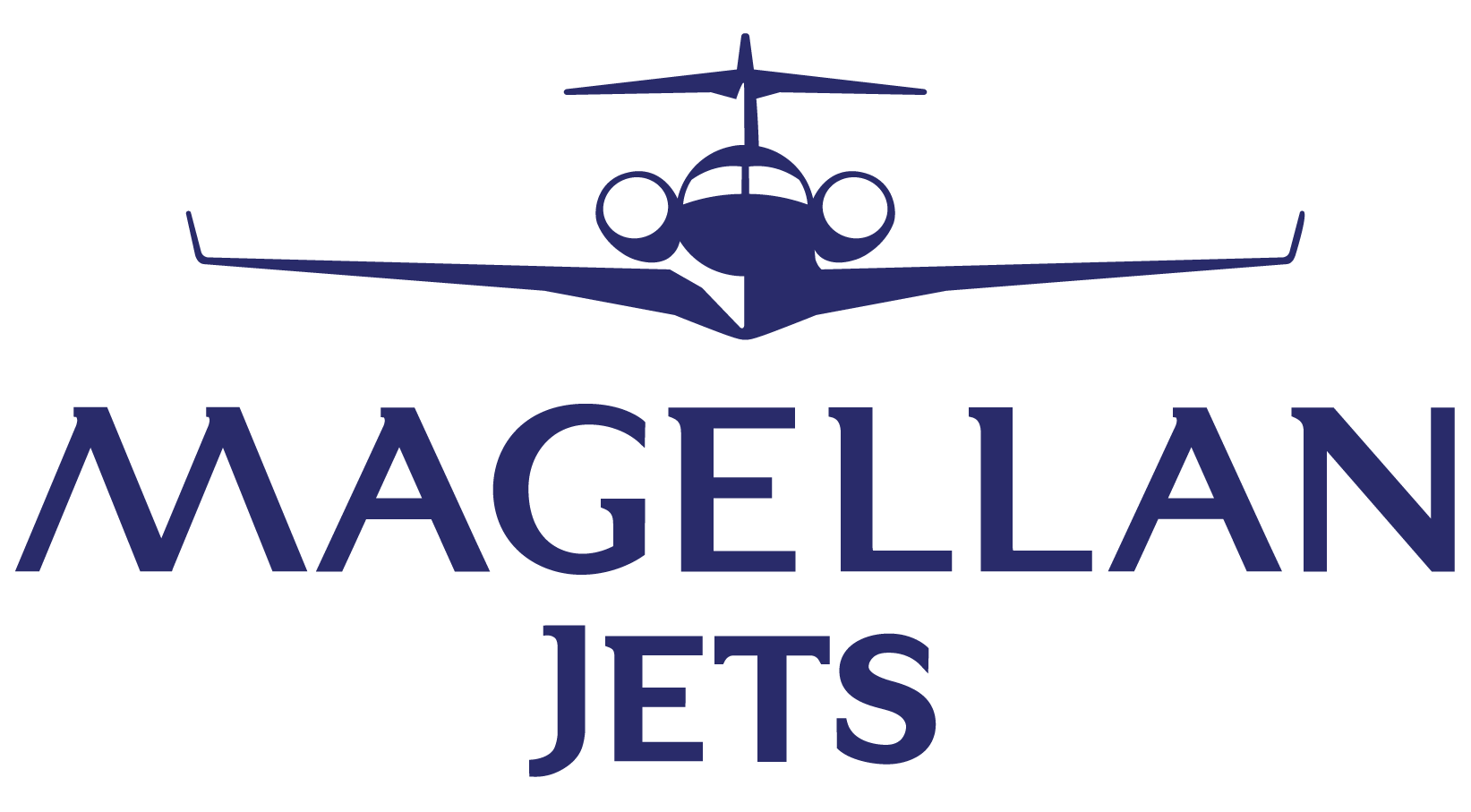Airlines, travelers prepare for more stringent ID rules
Feds want more info at booking to compare to terrorist watch lists
The Transportation Security Administration wants to know more about who’s boarding commercial flights in the United States.
Beginning Saturday, the federal agency will begin collecting additional data from airline passengers at booking time, including full name, date of birth and gender. That data must match whatever is on the form of government-issued identification — driver’s licenses and passports are the most common — that a passenger uses to check in and board the flight.
The new requirement will affect all airline bookings made beginning Saturday and is just the first phase of a larger program called Secure Flight. That program’s goal is to vet 100 percent of airline passengers through the TSA’s watch lists by next year. TSA’s goal is to vet 100 percent of passengers on all domestic commercial flights by early next year, and all passengers on all international commercial flights by the end of 2010.
The agency, known best for its takeover of the airport security screening process following the Sept. 11 attacks, is touting the program as a better way to keep dangerous travelers from boarding planes, while preventing confusion for passengers with names similar to people on the government’s “No Fly” and “Selectee” lists. Those lists bar some would-be fliers and mark others for “enhanced screenings” at airport security checkpoints.
Extra information helps
Because the government will have access to additional pieces of identifying information, the TSA says it will be better able to distinguish between, for example, a 25-year-old John A. Doe who is OK to fly and a 37-year-old John Z. Doe who is not. In addition to the data required of passengers, fliers who have had difficulty with watch list confusion can include a “redress” number. Those are issued to cleared passengers who have been stopped or delayed before because of similar names or other confusion. “By enhancing and streamlining the watch list matching process, the Secure Flight program makes travel safer and easier for millions of Americans,” Gale Rossides, the TSA’s acting administrator, said in a statement.
The Secure Flight program was born out of a Department of Homeland Security directive issued in 2006 that required the TSA and U.S. Customs and Border Protection to start working together to implement a system to make sure airline passengers have been cleared.
Aside from the additional information collected by the airline, Secure Flight will mean a closer relationship between those airlines serving the United States and the TSA. The new requirements call for passengers to provide the information to airlines when they book flights. The information, in turn, is sent to the Secure Flight system, which matches up names with watch lists, and determines whether the matches are legitimate or errors.Secure Flight then sends information back to the airlines, separating passengers into those who are cleared to fly, those who aren’t and those who will be subjected to enhanced screening. Initially, Secure Flight requires passenger information to match up exactly with what’s on the ID, so if a passenger’s license says “Richard,” for example, a ticket shouldn’t be booked under “Dick.”
Matching up names
“During this phase of the Secure Flight program, passengers are encouraged to book their reservations using their name as it appears on the government-issues ID they will use while traveling,” Rossides said. Most airlines say they’re implementing procedures to help passengers comply with the regulation so they’re not delayed or denied boarding. Airlines have been preparing for the new requirements for months. Delta Air Lines Inc., the world’s largest airline, which operates its second-largest hub at Detroit Metropolitan Airport, will roll out revamped online pages that will allow passengers booking tickets via the Internet to submit the required information beginning Saturday, said company spokeswoman Susan Elliott. Additionally, the airline will allow fee-free name changes on tickets, so names on reservations will match up with the documents passengers use to check in and clear security checkpoints.
By: Nathan Hurst / The Detroit News














